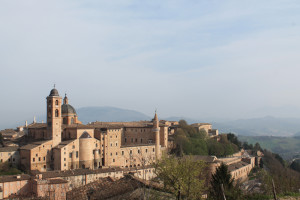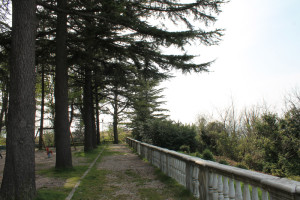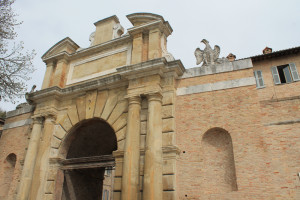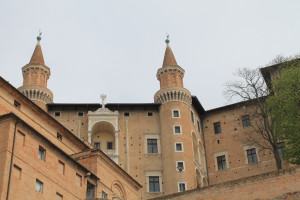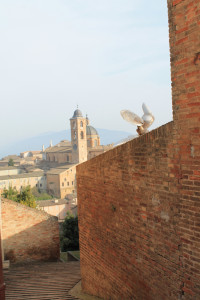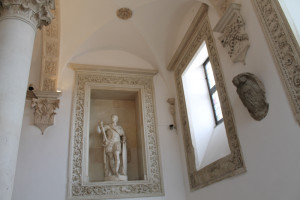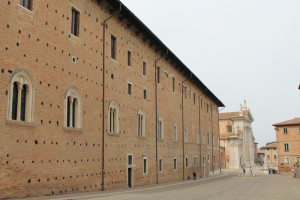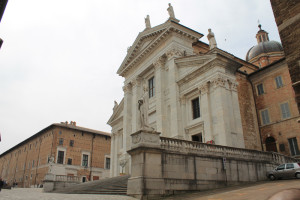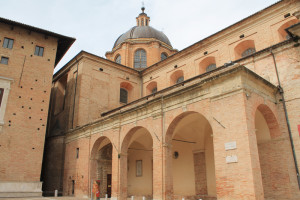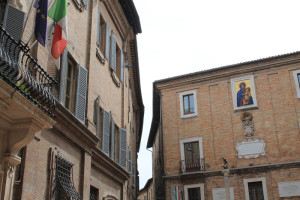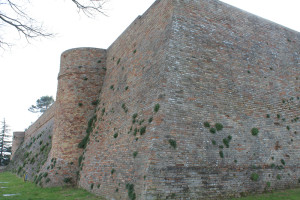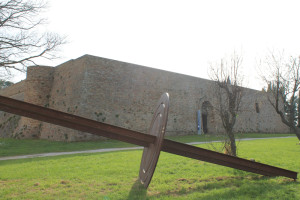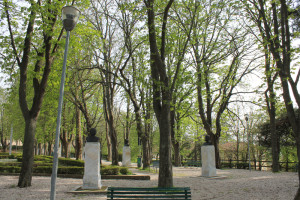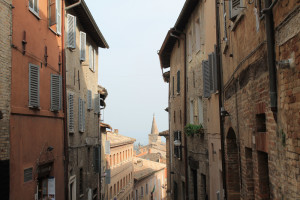“Those arriving in Urbino unaware of its history and importance come across an unexpected surprise, or rather, a marvel”
– Carlo Bo
Indeed, enchanting is the road that leads us through the verdant hills and unveils in front of our eyes a UNESCO World Heritage Site.
Urbino is a walled-in town, which has preserved its Renaissance past. Nestled in the sloping countryside of the Marche region in central Italy, the town doesn’t feel cutesy and touristic, but real and charming, and welcomes visitors with its magnificent Palazzo, untouched by time.
Recounting Palazzo Ducale means retelling Duke Federico da Montefeltro‘s story (1422-1482). The magnificent palace is the result of this man’s great skills. A talented condottiero (he never lost a war) and gifted governor (concerned about the citizens’ problems) Federico da Montefeltro expanded the Duchy’s borders, financed through mercenary warfare while serving the Sforza and the Papal States.
The Duke surrounded himself with talented artists and literary men of the time and accomplished his goal of creating an important site and cultural centre that couldn’t have passed unnoticed.
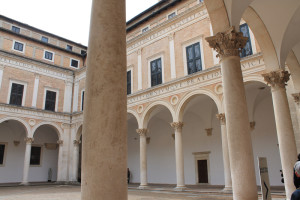
In 1462-1463 with new financial incomes the project aims to become the most beautiful palace in Italy, an administrative court and a place visited by many eminent people and renowned characters of the time. Luciano Laurana, the architect in charge of this project, fortifies the whole structure, followed by Francesco di Giorgio Martini, who adds an extremely efficient water system. The thermal bath he modeled was a real crown jewel, one of the earliest of its kind in the Renaissance.
Several rooms of the palace reflect Federico’s devotion to classical and humanistic studies. The Studiolo (a small study measuring 3.60 x 3.35m that Federico commissioned for himself) is one of the most interesting rooms, a capstone to his ambitious building program. It reflects a collaboration among the many scholars and fine artists that the Duke gathered to his court, like Boticelli and the young Bramante, an Urbino native, who began his journey to become a master of his craft during this time.
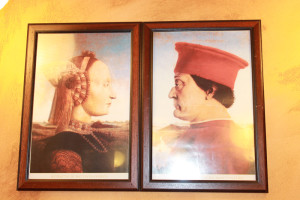
The study, famous for its trompe l’oeil decoration executed in marquetry, offers a generous view of the lands surrounding Urbino and features a thematic cycle of oil paintings in bright colours on the upper portions of its walls – 28 colourful portraits of the illustrious men: saints, philosophers and scholars. Federico, nicknamed the Light of Italy, enlisted the best copyists and editors in his private scriptorium to create a library, perhaps only second to the Vatican.
Starting from the 19th century Palazzo Ducale has been made a museum, La Galleria Nazionale delle Marche, with plenty of artworks on display and one of the most important collections of Renaissance art in the world: Giovanni Santi, Paolo Uccello (The Miracle of the Desecrated Host, 1465-1469), Titian, Luca Signorelli, Raphael (La Muta, 1507).
La Sala delle Udienze boasts two masterpieces by Piero della Francesca: The Madonna of Senigallia (1470) depicts Our Lady with Child with a pure white rose in hand and a red coral necklace; and the Flagellation (1444-1470) with a number of theories behind the characters represented in the scene.
La Sala degli Angeli houses The Ideal City, one of the most famous paintings, a Renaissance masterpiece, with a theme of perfection that runs all through it.
The beautiful Duomo, designed by architect Francesco di Giorgio Martini, who also worked on Urbino’s Palazzo Ducale.
Not to be missed are also the Oratory of San Giuseppe and its 16th-century Nativity scene with life-size stucco figures by Federico Brandani, and the Oratory of San Giovanni Battista with beautiful frescoes by Lorenzo Salimbeni.
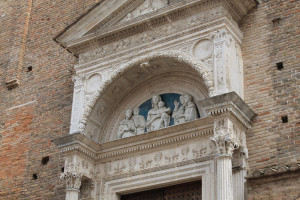
The Albornoz Fortress and the park from where you get a beautiful view, it’s a postcard like setting.
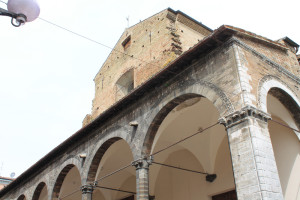
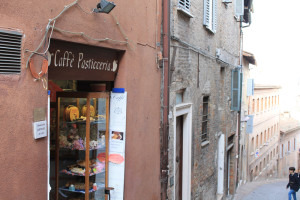
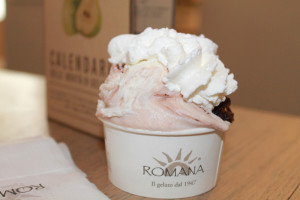
Stay tuned for my next post: Urbino and Raphael The Divine. Ciao!
